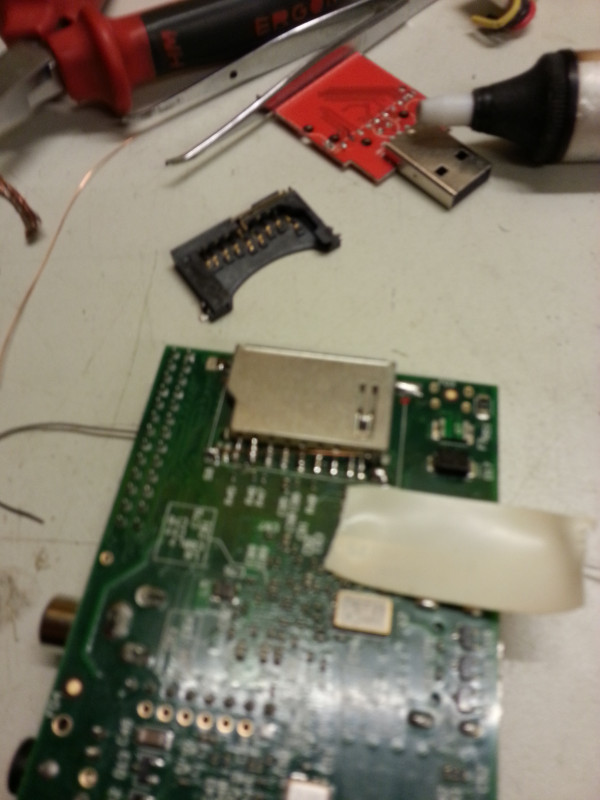Going MirrorBrain, seeking Mirrors
Once upon a Time… When the Qt sources were first released on ftp.troll.no, the Troll Tech (mind the spelling, it’s that long ago!) FTP server, many FTP mirror admins quickly started mirroring the software, because it was cool, and useful …
